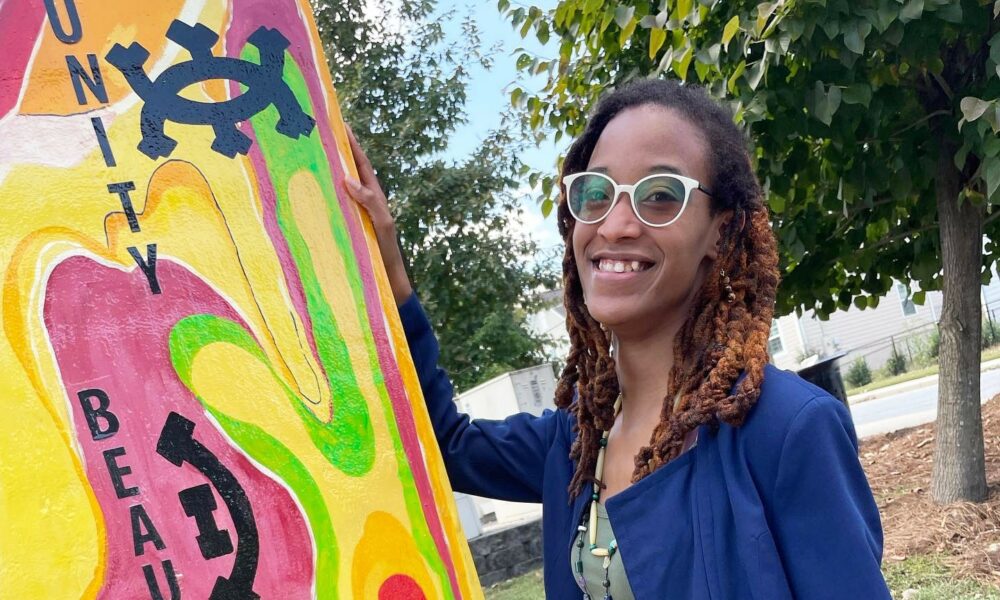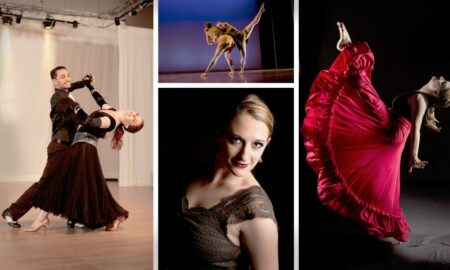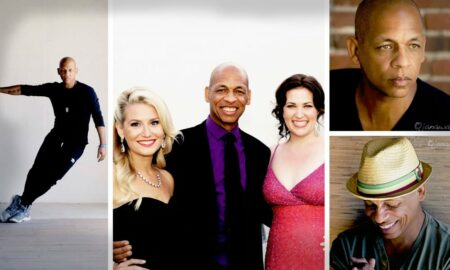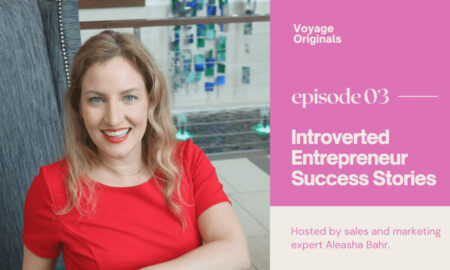

Today we’d like to introduce you to Mia Anika.
Hi Mia, so excited to have you with us today. What can you tell us about your story?
My journey combining creative expression, community activism and communications started after college in 2014. I held down a series of odd jobs: curating digital content and online communities for nonprofits, working as a production assistant for a boutique video company and teaching a paint and sip class. I painted nights and weekends.
I ventured into abstract painting, capturing moods with colors and searching for a visual language that could translate emotion to the everyday person. If I wear my heart on my sleeve (and I do), how can I illustrate that sensitivity? Perhaps by my willingness to be vulnerable, as my work resonates with someone else it empowers them to open up. So, I map it out, make that journey through no-man’s-land plain for them.
Drawing and painting, for me became a daily exploration similar to journaling, and I began to invite others to collaborate and participate as a means to get grounded, by hosting free workshops on creative expression. Inspired by the social unrest we saw unfolding in Ferguson, MO, and Standing Rock Sioux reservation, Dakota, and home here in Atlanta, I wondered how I could help. My activism took the form of community care, helping friends returning from the front line of the protests to identify with and reintegrate their emotions.
Today, I conținue to advocate for holistic approaches to mental health and wellness and explore emotional regulation through my work inside and outside of the studio.
Can you talk to us a bit about the challenges and lessons you’ve learned along the way. Looking back would you say it’s been easy or smooth in retrospect?
Is there such a thing as a smooth road for an artist? (ha)
There’s the birthing process of bringing your vision to fruition, pushing the boundaries of how your artwork renders, how to display it, trying out new materials, articulating the meaning or the significance after it’s made, planning the workshop. Then there’s the business details, logistics, securing a space, funding and support. You apply to plenty of open calls for murals, exhibitions, grants, residencies and face-down rejections and denials—got to have the stomach for that.
Facing these challenges put me in a place where I can choose to quit, or to innovate. I can then say, XYZ pushed me out of the box creatively. How do I apply the hard lessons to grow?
The past 20 months or so have been really interesting: Navigating life during this pandemic, I have learned to slow down, take a personal inventory of what is really significant to me. It’s provided the opportunity to look deeper and consider, how can I make my work more accessible and interactive? How do I expand options to experience my art in a fresh way, especially as the world becomes more digital, more localized?
Artists shape the culture by bearing witness to the moment in history that we live in. In the middle of a pandemic and upheaval on a social level, declaring that Black Lives Matter, women’s lives matter—We’ve spent a great deal of time demanding transformation across the board. I see this happening in the art world as well, as more of the traditional white wall spaces are called out for excluding Black women and other people of color.
Thanks for sharing that. So, maybe next you can tell us a bit more about your work?
As an artist and a mental health advocate, I create abstract artwork that engages us in dialogue about our mental health, and our emotional landscape in particular. I use the features that we associate with maps (boundary lines, labels, symbols drawn from Indigenous American and African languages, territories) to examine these themes.
How can we readily access the spectrum that is human emotion and understand ourselves and others better?
How do we navigate tough feelings or moments of mental illness? In what ways can we begin to navigate this territory, that is thankfully becoming less taboo for Black people and people of color to discuss in safe spaces?
How do we define and claim safe spaces for ourselves?
Whether I am drawing or painting, or creating public art installations or animation, or hosting workshops with college students about identifying with and unpacking our feelings, I firmly believe in the power of creativity to forge communal resilience. Creative expression is key to resolving mental and emotional conflicts to provide a path to healing: Art Heals the Broken!
Any advice for finding a mentor or networking in general?
The relationship between a mentor and the mentee can be a dynamic exchange of information and influence. It’s not bound by age or titles, but by the will to receive wisdom from the experiences of someone else. The best way to attract a mentor is to be inquisitive about your field and your interests outside of work. Once you get an idea of the direction you want to go in, align yourself with someone who is ahead of you on that path. You maintain that relationship by remaining curious and providing value: share what you are learning and ask your mentor how you can best pay it forward.
Networking across your peer group, getting to know the talented people within your immediate sphere of influence, is just as important as connecting with people who are at the next level you aspire to. You never know who is watching you, who will speak on your behalf in rooms you have yet to enter.
Contact Info:
- Email: art.miaanika@gmail.com
- Website: www.mianika.com
- Instagram: https://www.instagram.com/art_mianika/?hl=en
- Facebook: https://www.facebook.com/mya.anika
- Twitter: https://twitter.com/Mia_Anika_



















